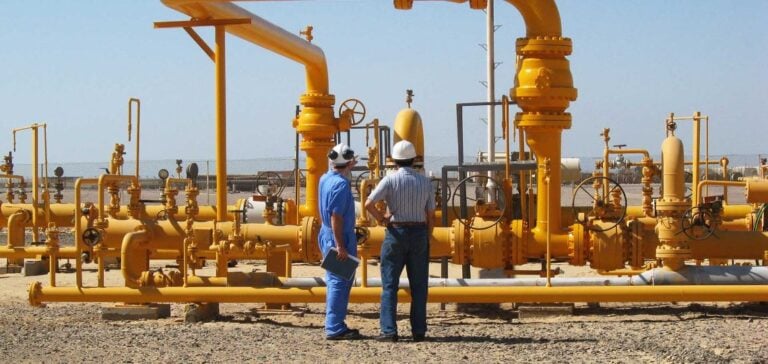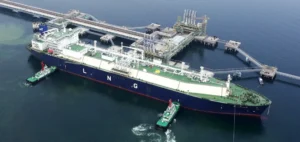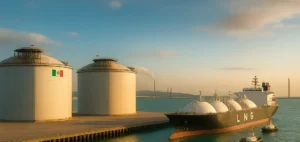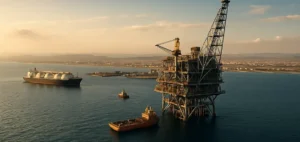The recovery of ethane, a key component of liquefied petroleum gases (LPG), has slowed in the United States due to historically high storage levels. Despite an annual increase in production, recent deceleration reflects fluctuating prices and logistical constraints.
Ethane production averaged 2.78 million barrels per day (b/d) in 2024, a 5% increase from the previous year, according to S&P Global Commodity Insights. However, this upward trend has waned in recent months, with November production averaging 2.69 million b/d, down from a peak of 2.95 million b/d in May.
Record Storage Levels
The US Energy Information Administration (EIA) reported record-high inventories of 80.9 million barrels in July, slightly reduced to 79.5 million in August. These levels remain 55% higher than the previous year and 39% above the five-year average.
This situation has particularly impacted the Gulf Coast region, where production dropped from its August peak of 1.99 million b/d to 1.86 million b/d in November.
Scott Pryor, logistics president at Targa Resources, noted during a conference that the Permian Basin continues to recover much of the available ethane due to low natural gas prices. However, regions outside the Permian Basin remain in rejection mode due to unfavorable economic conditions.
Export Projects: A Lifeline for 2025
The industry eagerly awaits new export capacities set to come online in 2025. Energy Transfer plans to add 250,000 b/d of flexible export capacity, enabling exports of ethane or other LPGs from its Nederland terminal in Texas, starting in the third quarter of 2025.
Enterprise Products has also announced significant expansions. The first phase of its Neches River terminal will add 120,000 b/d of ethane export capacity in 2025. A second phase, scheduled for 2026, will add the ability to export up to 180,000 b/d of ethane or 360,000 b/d of LPG, depending on demand.
Sheridan Swords, executive vice president of Oneok, emphasized that this increase in capacity could stimulate recovery by raising demand for stored ethane.
Soaring International Demand
Global demand for ethane and LPG remains robust. According to Energy Transfer Co-CEO Marshall McCrea, this demand “continues to grow exponentially.” These substantial investments reflect optimism about the US’s potential as a key player in the global ethane market.
As these new infrastructures come online, they are expected to strategically alleviate domestic stockpiles and strengthen the US’s position as a leading exporter in the global LPG trade.





















